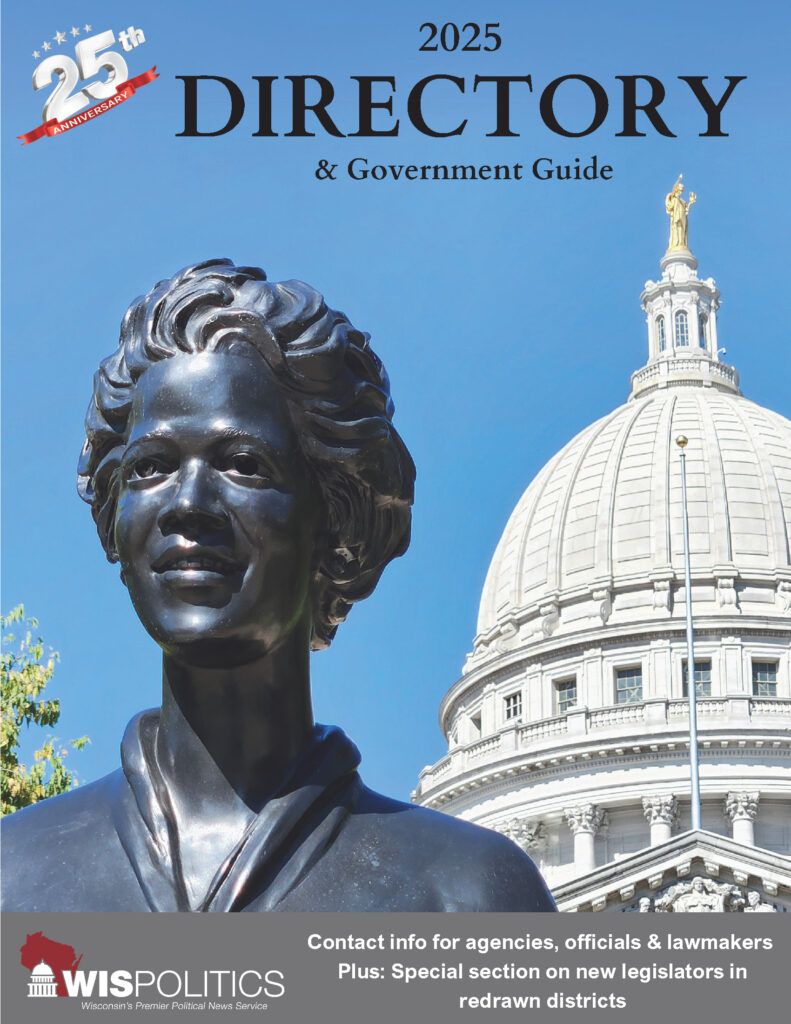Annual Observance Highlights Safety of All Pedestrians
People with vision loss, many of whom use a white cane or guide dog, are among the 31% of Wisconsin residents who do not drive. White Cane Laws requiring drivers to stop for pedestrians with vision loss have been around since the 1930s. Unfortunately, many motorists remain unaware of that responsibility. White Cane Safety Day, celebrated annually on October 15, is an opportunity to raise awareness of the White Cane Law, and to more broadly promote the safety of all Wisconsinites who get around without a car.
Governor Evers and municipal leaders across Wisconsin are issuing proclamations recognizing the occasion, highlighting the importance of the White Cane Law, and making the connection to pedestrian safety in general.
“We’re grateful to these leaders for helping spread the message that keeping pedestrians safe, especially those who are most vulnerable in traffic, is everybody’s responsibility,” said Denise Jess, executive director of the Wisconsin Council of the Blind & Visually Impaired. “It’s encouraging to see so many communities acknowledge the importance of this issue.”
White Cane Safety Day was created in 1964 by Congressional resolution and a proclamation signed by President Lyndon B. Johnson, with the goal of educating the American public about the right of way of pedestrians using a white cane or guide dog.
Every state has a White Cane Law on the books, though the details vary from state to state. Wisconsin’s statute says:
An operator of a vehicle shall stop the vehicle before approaching closer than 10 feet to a pedestrian who is carrying a cane or walking stick which is white in color or white trimmed with red and which is held in an extended or raised position or who is using a service animal…and shall take such precautions as may be necessary to avoid accident or injury to the pedestrian.
Jess notes that White Cane Laws don’t just protect people with vision loss. Measures requiring drivers to be more attentive make all pedestrians safer. The timing of White Cane Safety Day makes that fact particularly noteworthy, as the entire month of October is recognized nationwide as Pedestrian Safety Month.
“From accessible crossing signals to properly designed curb ramps to comprehensive sidewalk networks, there’s a lot we can do to make our streets safer for pedestrians. Promoting greater awareness of the White Cane Law and building excellent pedestrian infrastructure everywhere will go a long way toward developing more welcoming, inclusive communities.”
More information about the Council’s pedestrian safety recommendations is available at
https://wcblind.org/events/pedestrian-safety-month-and-white-cane-safety-day/.
This year, the State of Wisconsin and these municipalities (and one county) have issued White Cane Safety Day proclamations:
Appleton
Arcadia
Ashland
Beaver Dam
Brookfield
Cottage Grove
Delavan
Fitchburg
Green Bay
Greenfield
Greenville
Janesville
Jefferson
Kaukauna
Kenosha
La Crosse
Madison
Manitowoc
Marshfield
Menomonee Falls
Milwaukee
Milwaukee County
Monona
Monroe
Neenah
New Richmond
Oshkosh
Plover
Portage
Rothschild
Shawano
Shorewood
Stevens Point
Sun Prairie
Watertown
Waukesha
Waupaca
West Allis
West Bend
Whitewater
Wisconsin Rapids
Founded in 1952, the Wisconsin Council of the Blind & Visually Impaired promotes the dignity and empowerment of people in Wisconsin who are blind or low vision through advocacy, education and vision services. To learn more about the Council, visit www.WCBlind.org.



